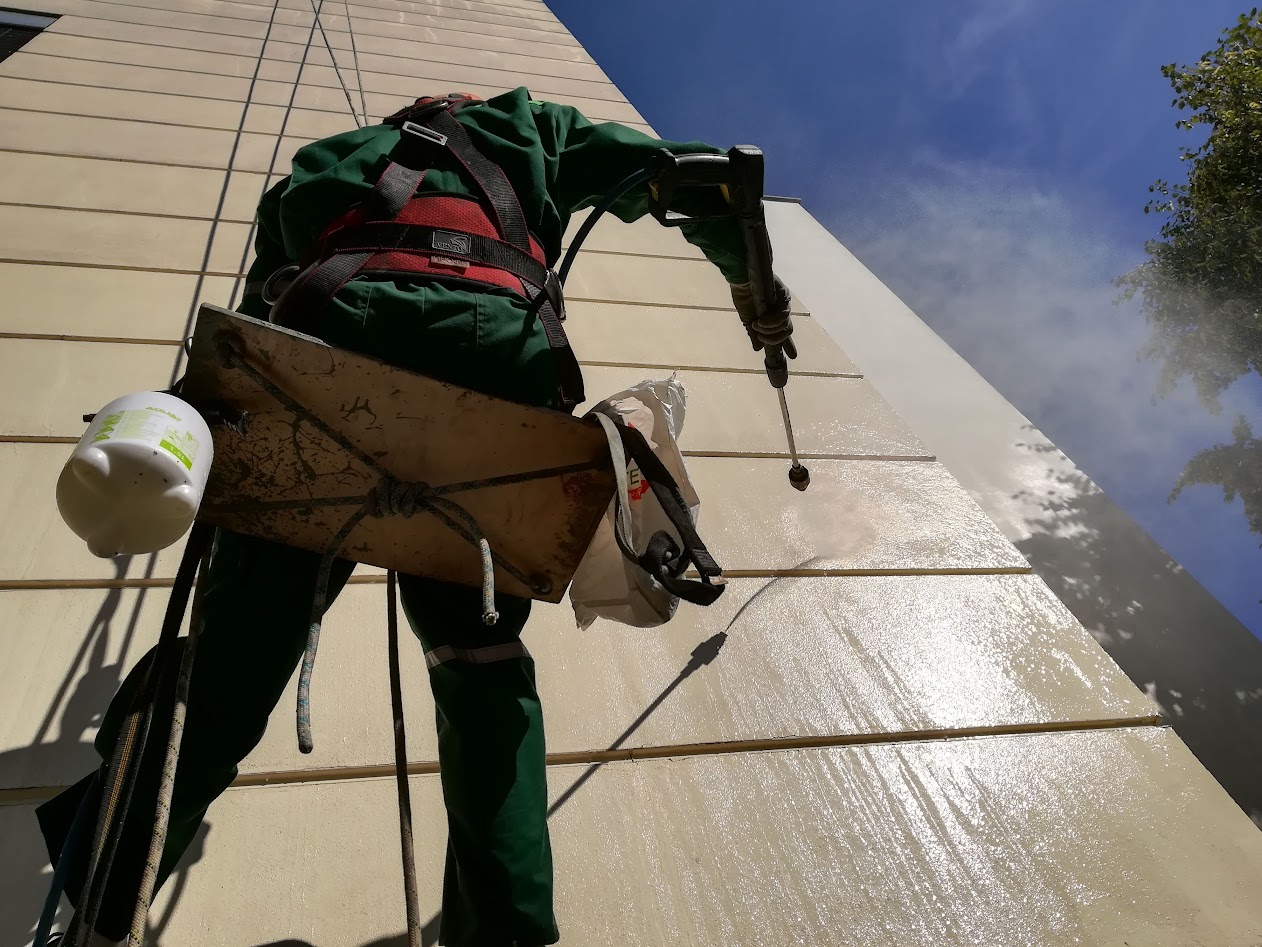Industrial alpinism is a challenging and potentially hazardous profession that involves working at great heights. Whether it's cleaning windows, maintaining building façades, or inspecting structures, adhering to safety standards is essential for both successful and safe project execution.
Why Safety Protocols Matter
Working at height always comes with inherent risks. Without proper safety measures, even simple tasks can become dangerous. That’s why industrial alpinists place great emphasis on preventing accidents and ensuring worker safety.
Compliance with Industry Standards
Industrial alpinists adhere to strict guidelines established by international organizations like the International Rope Access Trade Association (IRATA) and the Society of Professional Rope Access Technicians (SPRAT). These organizations set clear safety standards that regulate all aspects of working at height.
Ongoing Team Training
Before starting work, every industrial alpinist undergoes comprehensive training that includes rope access techniques, fall protection, and first aid. Continuous education and skill enhancement are essential, as technology and equipment in the industry are constantly evolving.
Regular Equipment Inspections
Reliable equipment is a key element of safe operations. All ropes, carabiners, helmets, and other personal protective equipment (PPE) must be regularly inspected and updated. The quality and condition of this gear directly affect worker safety.
Job-Specific Risk Assessments
Before any work begins, it's important to conduct a detailed risk assessment. This includes evaluating potential hazards such as weather conditions, the structural integrity of the building, and other factors that could impact the safety of the operation.
Emergency Preparedness
Despite all safety precautions, unforeseen situations can arise at any time. Industrial alpinists regularly train and practice emergency rescue procedures, enabling them to respond quickly and effectively in case of an emergency.
Benefits of Adhering to Safety Standards
Following safety protocols not only protects workers but also ensures that the job is completed efficiently and on schedule. Adherence to safety standards helps avoid accidents, work stoppages, and unplanned costs resulting from injuries or equipment failure.
Safety is not just a requirement; it is the foundation of success in industrial alpinism.











